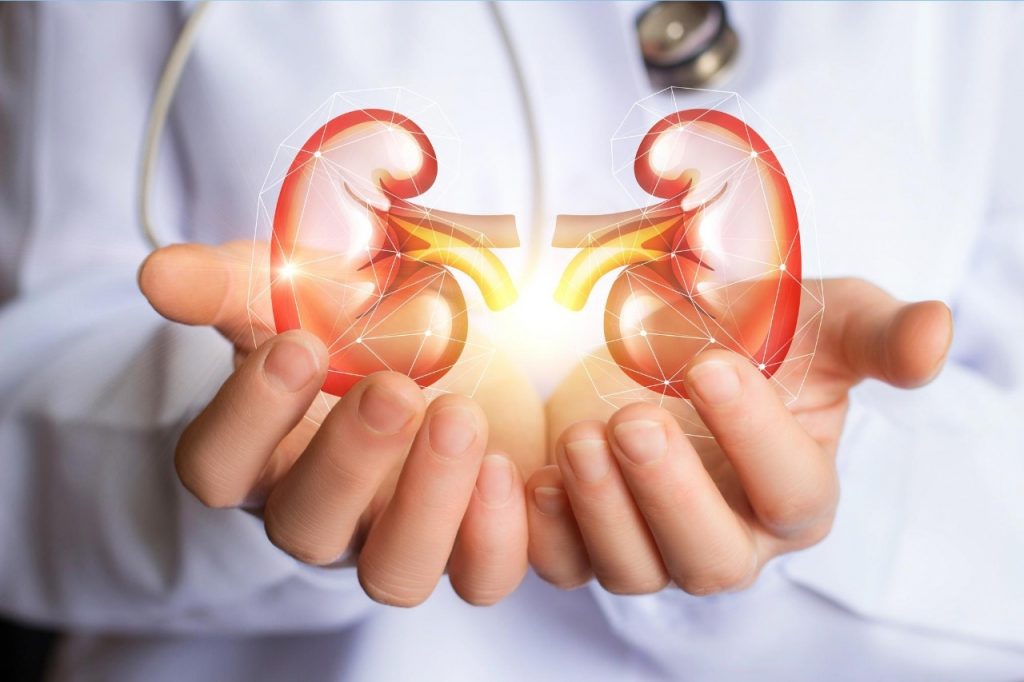A simple ultrasound technique can be used to move, reposition or break up kidney stones, all while the patient is awake, a new study has revealed.
The technique combines the use of two ultrasound technologies to offer an option to move kidney stones out of the ureter with minimal pain and no anaesthesia, according to doctors from University of Washington School of Medicine (UW Medicine).
In the procedure, the physician uses a handheld transducer placed on the skin to direct ultrasound waves towards the stone.
The ultrasound can then be used to move and reposition the stones to promote their passage, a process called ultrasound propulsion, or to break up the stone, a technique called burst wave lithotripsy (BWL).
Unlike shock wave lithotripsy, which is the standard procedure now in use and requires sedation, this technology doesn’t hurt, said lead author Dr M Kennedy Hall, an emergency medicine doctor at UW Medicine.
“It’s nearly painless, and you can do it while the patient is awake, and without sedation, which is critical,” Hall said.
The research team hopes that, with this new technology, the procedure of moving or breaking up the stones could eventually be performed in a clinic or emergency room setting.
Stones in the ureter, which leads from the kidney to the bladder, can cause severe pain and are a common reason for emergency department visits.
Most patients with ureteral stones are advised to wait to see if the stone will pass on its own.
However, this observation period can last for weeks, with nearly one-fourth of patients eventually requiring surgery, Hall noted.
Twenty-nine patients participated in the new study. Sixteen were treated with propulsion alone and 13 with propulsion and burst wave lithotripsy. In 19 patients, the stones moved.
In two cases, the stones moved out of the ureter and into the bladder.
Burst wave lithotripsy fragmented the stones in seven of the cases. At a two-week follow up, 18 of 21 patients (86 per cent) whose stones were located lower in the ureter, closer to the bladder, had passed their stones.
In this group, the average time to stone passage was about four days, the study noted.
One of these patients felt “immediate relief” when the stone was dislodged from the ureter, the study stated.
IANS
